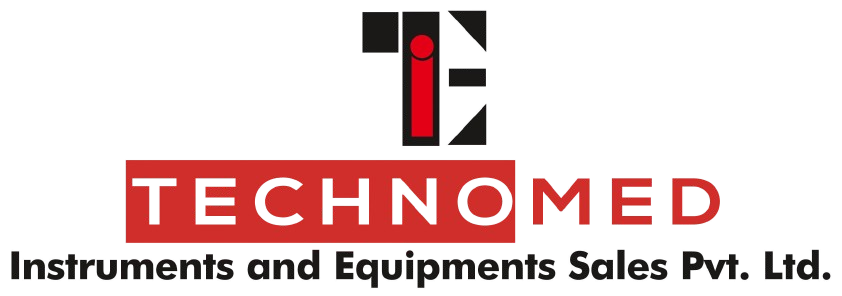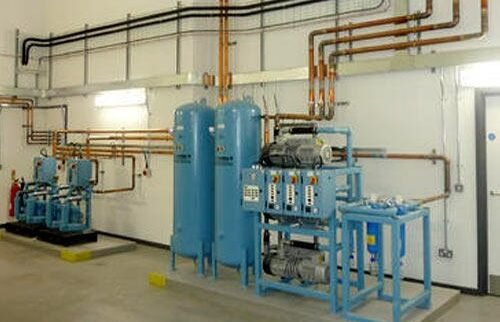How to Choose the Right Medical Equipment for Your Clinic or Hospital
Medical Equipment Clinic Hospital
Because selecting the appropriate equipment is more than simply a choice; it is a legacy in the making.
When you enter into a hospital room, you see more than just the walls and beds. You’re seeing a narrative about accuracy, care, and trust. Every gas outlet, suction unit and panel represents a complex but silent promise: “You are safe here.”
However, developing that promise begins long before the first patient steps in.
It begins with selecting the appropriate medical equipment.
Whether you’re opening a new hospital, upgrading your present one, or constructing a cutting-edge clinic, this book will help you manage the dizzying sea of alternatives and make sound, future-ready judgements.
🔍 Step 1: Start With the Why—Not the What
Before comparing catalogues and specifications, consider your facility’s fundamental objective.
Are you a trauma centre, a maternity hospital, a dialysis clinic, or a rural health care facility?
Your equipment should be able to support that mission. It should
Match your clinical priorities.
Serve the projected patient flow.
Be manageable for your current staff.
Follow your location’s regulations and limitations.
🗣️ Hospitals are not designed around machines. They’re designed around humans. Choose wisely.
🧰 Step 2: Map Out What You Actually Need
Don’t be seduced by bells and whistles. Focus on what’s essential—then grow from there.
Here’s a core breakdown for any modern clinic or hospital:
| Category | Examples |
| ICU/Patient Care | Bed Head Panels, Gas Outlets, Nurse Call Systems |
| Medical Gas Pipeline | Suction Units, Flow Meters, Valve Boxes |
| OT Equipment | Ceiling Pendants, Control Panels, Rail Systems |
| Diagnostics | Oxygen Analyzers, Pressure Gauges, Humidifiers |
| Emergency & Backup | Alarms, Secondary Units, Safety Switches |
| Patient Support Areas | Foot Step Tools, IV Rods, Mobile Trolleys |
Always distinguish between:
Critical equipment (life-saving and essential functionality)
Operational Enhancers (improve workflow, safety, or usability)
Future-ready improvements (modular systems that can be expanded later).
🛡️ Step 3: Safety is Not Negotiable
In healthcare, safety isn’t an added benefit. It’s the baseline.
Always ensure the equipment you select is:
- Fireproof and insulated
- Pressure-resistant (especially for gas systems)
- Fitted with visual/audio alarms
- Certified for medical-grade use
Trusted manufacturers like Technomed go beyond compliance—they build safety into the design itself, ensuring their products are reliable even during peak demand or emergencies.
🧩 Step 4: Choose Modular, Customizable Solutions
Hospitals evolve. So should their equipment.
Instead of rigid systems, opt for modular setups that can be:
- Easily reconfigured for future expansions
- Tailored to fit unique floor plans
- Upgraded with minimal disruption
For example, Technomed’sbed head panels and ceiling pendants are not only customizable in size and color—but also allow for future expansion without needing structural changes.
🎯Think LEGO, not lock-in.
🧑🔧 Step 5: Invest in Serviceability and After-Sales Support
What happens when something breaks?
You need a partner—not just a product. Great suppliers offer:
- On-site installation and commissioning
- Preventive maintenance visits
- AMC (Annual Maintenance Contracts)
- Easy access to spare parts
- Quick turnaround on breakdowns
Technomed’s engineers don’t just deliver and disappear—they offer ongoing support, especially in Tier-2 and Tier-3 cities, where emergency service matters even more.
🧪 Step 6: Usability is Everything
No matter how advanced your equipment is, it’s only as good as the team using it.
Choose equipment that:
- Has intuitive controls
- Offers visual indicators for easy monitoring
- Comes with training sessions for staff
- Is labeled and color-coded for quick comprehension
This ensures smooth handovers, faster patient response, and fewer human errors.
🏆 Step 7: Certification, Compliance, and Credibility
Healthcare equipment is heavily regulated—and for good reason.
Only work with manufacturers who:
- Are ISO 9001:2015 certified
- Build products to NABH and JCI hospital standards
- Offer traceability and compliance documentation
- Align with government safety codes and audits
Technomed integrates certification-ready design into every piece of equipment—saving hospitals weeks of audit stress and ensuring full accreditation compliance.
🌐 Step 8: Go Local, Choose Smart
Global brands often dominate the spotlight—but India now has world-class manufacturers producing hospital infrastructure that is:
- Built for Indian conditions (power fluctuations, high humidity)
- Customizable for Indian hospitals (space, workflow)
- Priced for Indian realities
- Supported by Indian engineers
Technomed’s edge? Decades of local experience + cutting-edge design.
They don’t just deliver equipment—they help shape hospitals.
✅ Before You Sign That PO (Purchase Order), Ask Yourself:
- Does this match our actual medical needs?
- Is it compliant with standards and ready for audit?
- Is it user-friendly for our doctors and nurses?
- Can it be expanded or upgraded in the future?
- Are service and parts available long-term?
- Is the supplier aligned with our mission?
✨ Final Words: You’re Not Just Buying Machines—You’re Building Trust
When families walk into your clinic or hospital, they see clean beds, calm staff, and blinking monitors.
What they feel is assurance.
The right equipment delivers that feeling—not with loud claims, but with quiet, consistent performance.
So make your choices count. Build your hospital like it will outlive trends, tech cycles, and time. Because what you install today becomes part of someone’s survival story tomorrow.
Looking for a partner who understands this journey?
Technomed Instruments &EquipmentsPvt. Ltd. isn’t just a supplier.
They’re co-creators in India’s next-generation healthcare ecosystem.
📍 Visit: www.technomedie.com
📧 Email: info@technomedie.com
📞 Call: +91-98305 – 42220
“We don’t just build equipment. We build confidence in care.”




